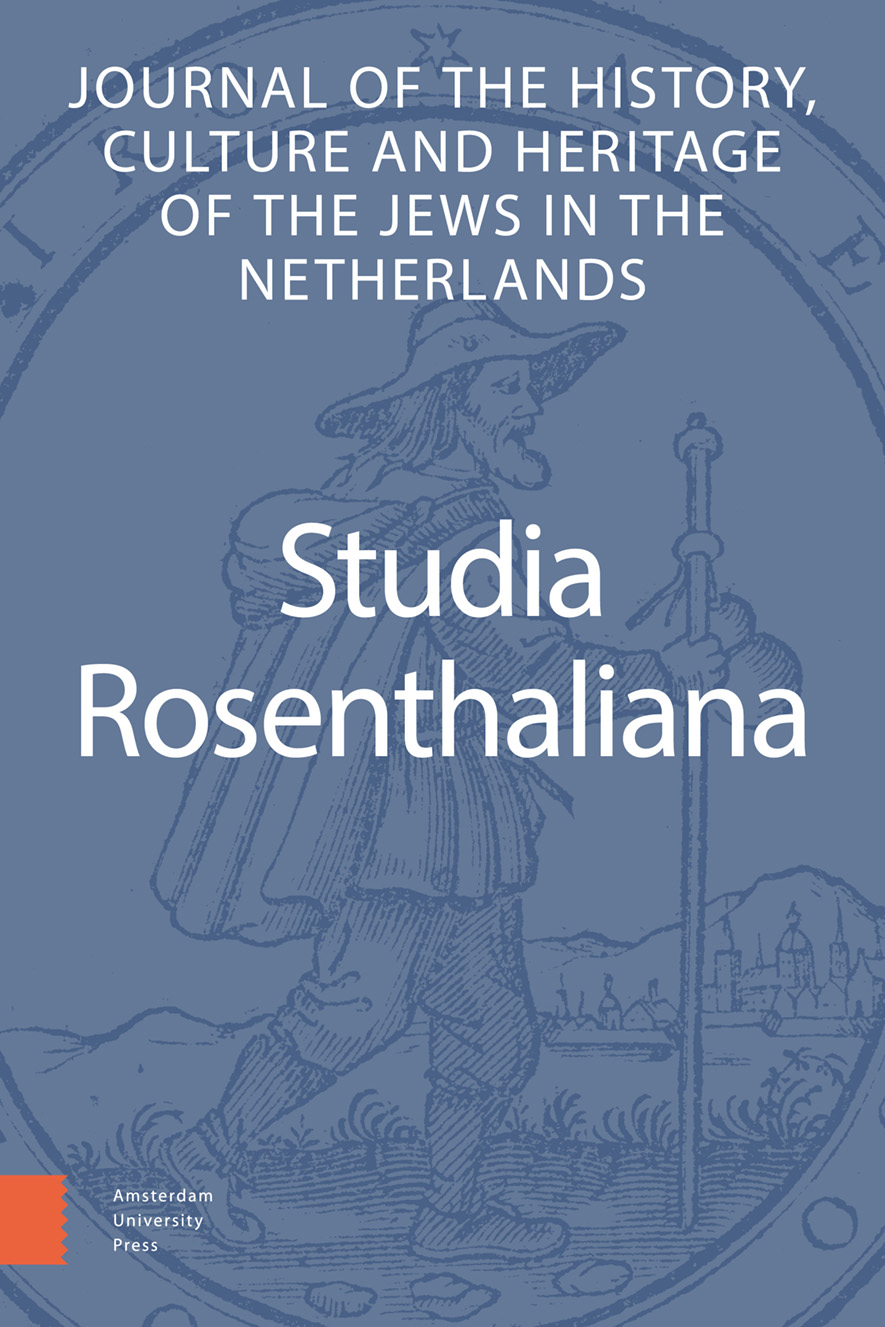-
oa “They say I am becoming greater than my peers”
An apprentice-scribe in early eighteenth-century Amsterdam*
- Amsterdam University Press
- Source: Studia Rosenthaliana, Volume 46, Issue 1-2, Nov 2020, p. 137 - 154
-
- 01 Nov 2020
Abstract
This article examines an unknown collection of 16 letters written by the 14-year-old Moses Samuel ben Asher Anshel of Gendringen found in a small booklet for Purim that he copied in Amsterdam in 1713. In the letters, written in Hebrew and Yiddish and decorated with illustrated frames, Samuel (as he calls himself) writes to his parents about his studies and ambition to become a professional scribe. This article discusses Samuel’s letters as sources for the history of Jewish book culture in Early Modern Amsterdam, and for the history of professional Jewish scribes and copyists in the late seventeenth and early eighteenth centuries. It does so by offering an analysis of Samuel’s descriptions of his studies and his own self-perception, and of the letters in context of their presence in Samuel’s booklet.


